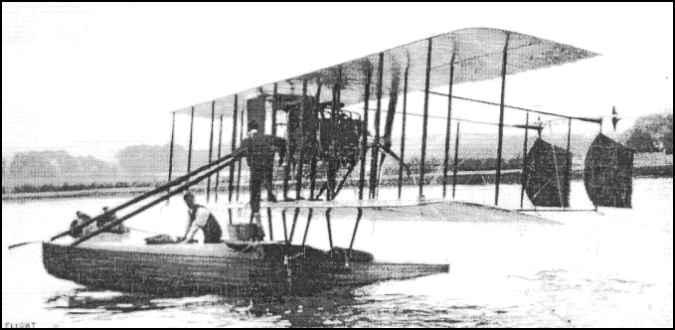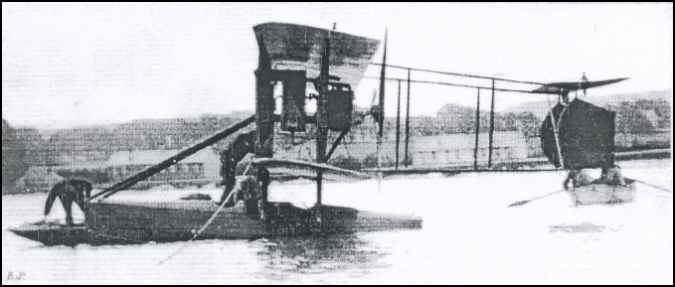| |
faith in the flying boat—or rather boats—type, for the biplane which they had
entered, although, unfortunately, through engine troubles,
withdrawn at the last moment, for the Daily Mail
Race, differs, except, of course, for such alterations
as have been necessitated by the installation of a
150 h.p. Sunbeam engine, instead of the three 50 h.p.
Gnome motors, very little from the first experimental
machine.
As the most noticeable innovation is in the shape of
the floats, we will refer to this first. It will be remembered
that |
punt type, are very much stronger, and have the
further advantage of being less liable to leak, owing to the
fact that they are clinker-built. As some of our readers
might be a little in doubt about the exact meaning of the
term clinker-built, it may be explained that a boat is said
to be clinker-built when the outer boards or planking do
not butt up against one another with their edges, but
overlap each other a little. Boats of this type are known
to be much stronger, weight for weight, than those in
which the planking forms butt joints. |
|



